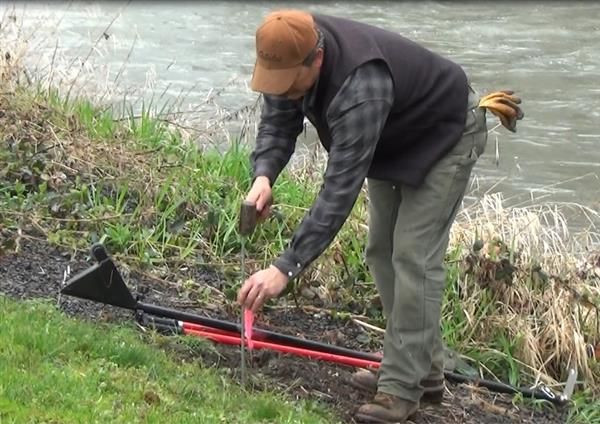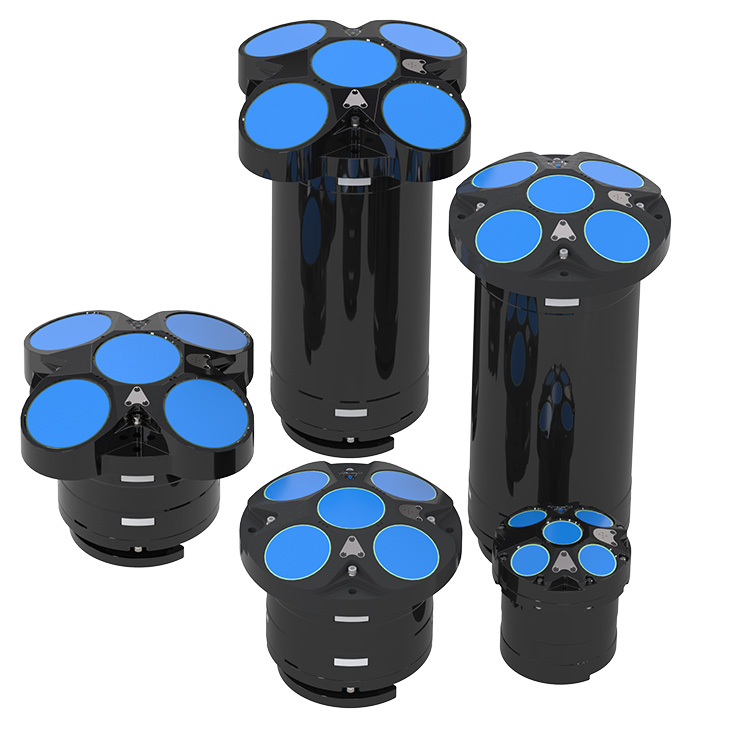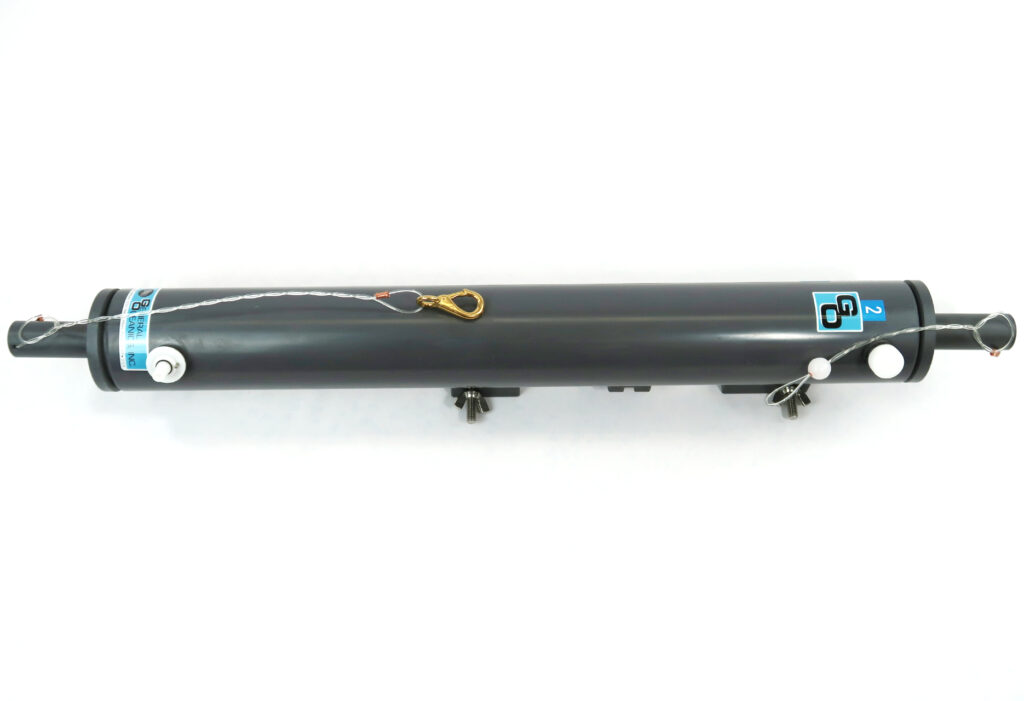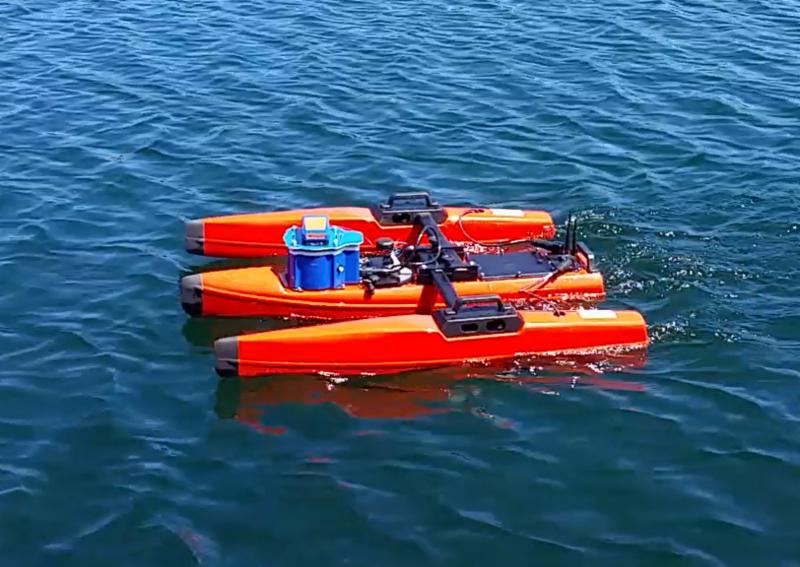BlueZone partners with over 50
world-leading original equipment
manufacturers and systems providers
Temporary High Line
Temporary High Line
The Temporary High-Line
The Temporary High-Line is proven to save time in the field, simplify the setup process, as well as ensure the safety of the field hydrologists when collecting data.
Sometimes in the field there isn’t always a tree or structure to securely rig a tagline to. This is where the Temporary High-Line comes in to safely secure your line. The tri-pod design with telescoping legs is the perfect solution to handle all types of environments. The set-up is quick and easy!
 |
| The earth anchors on the High-Line provide a secure installation and upholds the integrity of the line to prevent a sagging line. |
 |
| When data collection is complete, the earth anchors are easily removed minimizing your environmental footprint and the tri-pod folds back up effortlessly. |
 |
| The tri-pod design with telescoping legs is the perfect solution to handle all types of environments. The set-up is quick and easy! |
Key Features
Up to 25-hour mission duration
Speeds up to 4.2 knots
Increased module payload capacity
Search and recovery
Hydrography
Deep sea mineral exploration
Marine & Fisheries research
Product Enquiry
Related products
The Workhorse Proteus ADCP from Teledyne RDI collects current and wave data, measurements of flow, transport, and discharge, in oceans, estuaries, and rivers.
Read moreGeneral Oceanics Niskin Bottles
General Oceanics offer standard Niskin Bottles that are a non-metallic free-flushing sampling bottle activated by GO Devil Messenger (1000-MG) when individually or serially attached to hydrocable.
Read moreQ-Boat 1250 for Remote ADCP Measurements
Teledyne Oceanscience and Teledyne RD Instruments are pleased to announce the release of the much-anticipated Q-Boat 1250.
Read moreRelated Articles
Ahead of the Tide: BlueZone’s Landmark IndoPAC 2025 Showcase
Celebrating 25 Years of Sovereign Capability The Indo Pacific International Maritime Exposition stands as the region’s premier showcase for commercial maritime and naval defence innovation—bringing together leaders from defence,...
Read MorePartnering for Performance: BlueZone Supports Kraken Robotics in Advancing KATFISH Capability
BlueZone Group to become Kraken’s Australian Sales Representative, Enhancing Sovereign Support for Cutting-edge Synthetic Aperture Sonar Systems We are thrilled to announce BlueZone Group have signed an agreement...
Read MoreSeeByte and BlueZone Group Forge Strategic Alliance to Strengthen Australian Naval Capabilities
BlueZone Group is proud to announce our appointment as the official Australian representative for SeeByte, a UK-based leader in advanced maritime defence and uncrewed systems technology. This strategic partnership marks...
Read More



